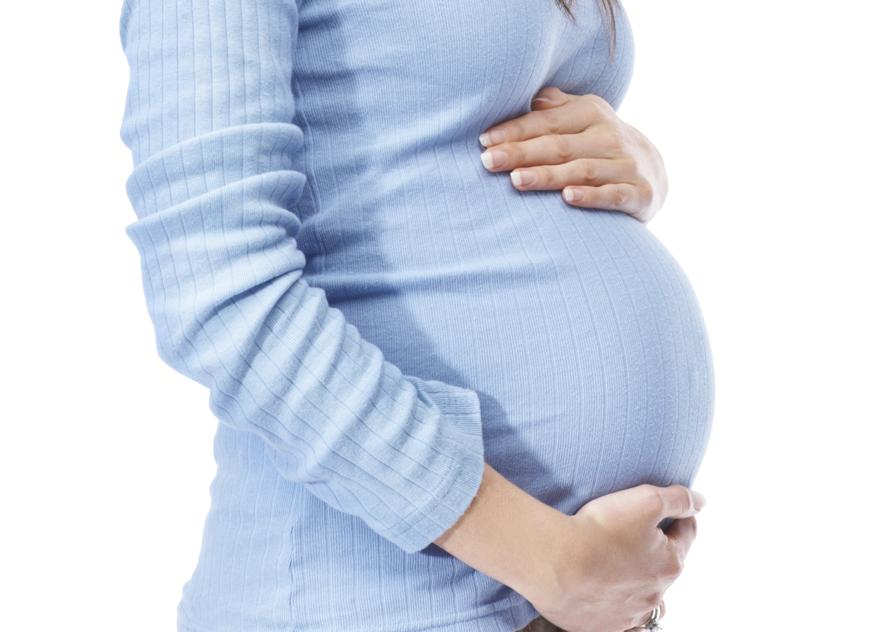The teen birth rate in Massachusetts continued to decline in 2015, but the rates for Hispanic and black teenagers remained far higher than those for whites and Asians.
“Massachusetts is perceived to be such a socially progressive state, so I think people just don’t realize how far behind we still are on this issue,’’ said Nicole Castillo, public policy director for the Massachusetts Alliance on Teen Pregnancy.
The overall teen birth rate in Massachusetts in 2015 was 9.4 births per 1,000 girls and women ages 15-19, according to a recent report from the state Department of Public Health.
That was down from a rate of 10.6 a year earlier, 21.3 a decade earlier, and 35.4 in 1990.
The state’s teen birth rate historically has been significantly lower than the national rate, which was 22.5 in 2015 and has also declined over the years.
Castillo said improved access to affordable birth control has been the biggest factor behind the trend.
When broken down by race and ethnicity, the teen birth rates in Massachusetts in 2015 were lower than they were in previous years across the board.
But stark disparities remained: For Hispanic teens in Massachusetts, the rate was 32.7, and for black teens it was 14.4. Meanwhile, for white teens, the rate was 4.5, and for Asian teenagers it was 3.
Castillo said the disparities are a symptom of economic inequality, and “We can’t talk about economic inequality without talking about race.’’
Researchers have said economic inequality can cause young women who are poor to have low expectations about their future economic prospects, leaving them less likely to be concerned about the impact of having a child at an early age.
Experts have also said that social factors, including differences in culture, religion, and exposure to accurate sex education, may also be factors behind disparities.
The differences in the rates drove communities with large minority populations to have much higher teen birth rates than the statewide average. Holyoke had the highest rate, at 40.5; it was followed by Southbridge, 36.8; Chelsea, 34.3; Lawrence, 32.4; and Lynn, 32.3.
Teen pregnancies are typically unplanned and giving birth as a teenager can be “an impediment for a young person to finish their education and to flourish and have a good economic future,’’ Castillo said.
Only about 38 percent of girls who had a child before age 18 received a high school diploma by age 22, according to statistics released in 2012 by the National Campaign to Prevent Teen and Unplanned Pregnancy. Among teen mothers who moved out of their families’ household, 67 percent lived below poverty, the organization said.
The children of teen mothers can also suffer.
Children born to teen mothers are more likely to be born prematurely and at low birth weight, which can lead to medical complications, according to the organization. They are also more likely to suffer neglect and abuse, do worse in school, and wind up in prison.
Matt Rocheleau can be reached at matthew.rocheleau@globe.com. Follow him on Twitter @mrochele




